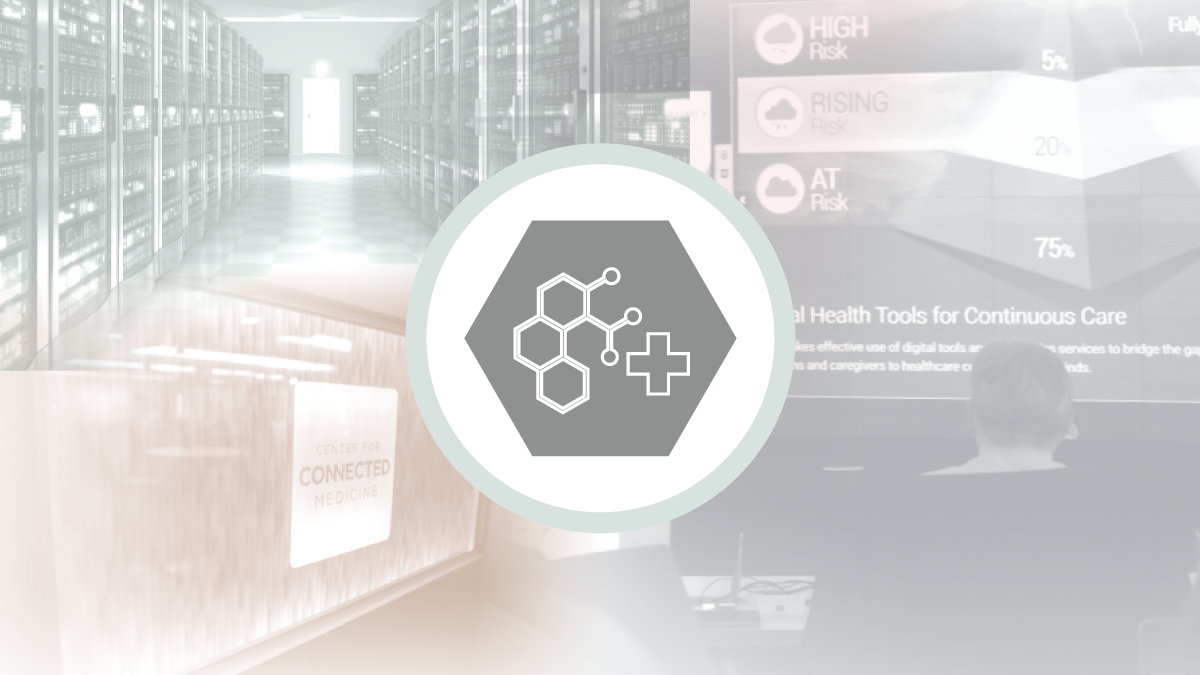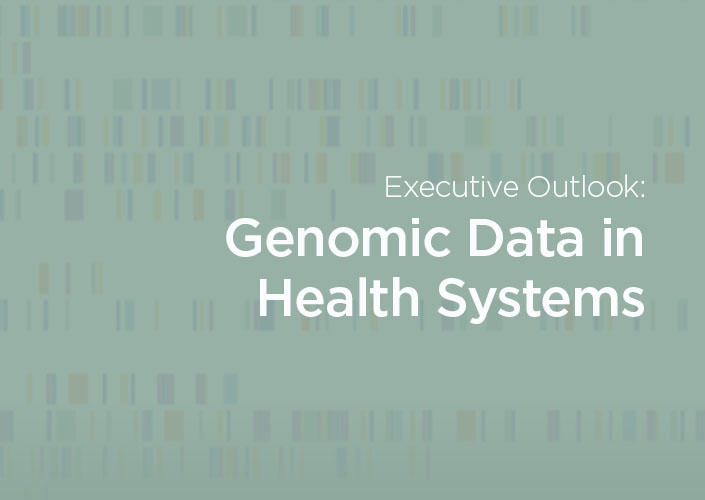Data is the lifeblood of a value-based health care system
Health care organizations can’t become less costly and produce better outcomes without data collection, measurement, and analysis of information from every process and interaction in the patient journey.
Key technologies and strategies involving data include network, cybersecurity, unique patient identifiers, internet of medical things and big data analytics.
Network
Data can’t move without robust information technology networks, which control and facilitate operations, storage, communications and more. A robust, forward thinking vision around network infrastructure is paramount to modern health systems—it must be secure, stand up to incredible bandwidth requirements, and be frequently maintained as new solutions and threats disrupt the landscape.
- Core network infrastructure: The network infrastructure of many health care organizations is in transition. Advancements such as electronic medical records, Internet of Medical Things and Internet-based applications have created new data, storage and traffic flow needs. Mounting cyberattacks increase security demands. Core network infrastructure is in flux between the traditional onsite data center approach and incorporation of cloud network technologies.
[What digital health challenges of ‘Top of Mind’ for health system leaders?]
- Hybrid Network Strategy: Many health care organizations are at various stages of implementing a cloud network strategy or a hybrid network strategy, which uses a traditional onsite data center coupled with cloud network infrastructure. Cloud and hybrid networks make information accessible to multiple parties in multiple locations simultaneously through the connectivity of the Internet. They eliminate much physical storage and equipment and introduce different security measures.
Internet of Medical Things
Experts are predicting rapid growth in IoMT adoption: a recent report estimated 87 percent of health systems will have IoMT technologies deployed by 2019 as health systems look for opportunities to capture more data from their devices, systems and patients. The value of the IoMT market is expected to reach $163 billion by 2020. Health industry leaders need to be ready if they want to harness the technology for value-based care.
Cybersecurity
Patient health data has become valuable to hackers – driving up cyberattacks on health systems. Cyberattacks targeting patient data jumped 300 percent between 2014 and 2016; and the U.S. health care industry is spending an estimated $6.2 billion a year in fines and other costs related to health data breaches. As a result, cybersecurity is moving to the top of the agenda at health systems.
[Are health care’s cloud security concerns grounded in reality?]
Unique Patient Identifiers
It is estimated that 10 percent of medical records are duplicates in the average health IT system. Misidentification of patients and duplicate information entered into health records can cause misdiagnoses, unnecessary tests, and inappropriate treatments, all of which hinders the ability to improve patient care and drives up medical costs. Unique patient identifiers are a key technology in solving this problem.
Big Data Analytics
Data analytics is a cornerstone of improving outcomes in health care. Health systems can’t improve what they can’t measure. Several key terms are:
- Big data: Health systems generate huge amounts of data, which can be compiled and analyzed to uncover better ways to deliver care.
- EHR: Electronic Health Records provide a real-time, secure and digital history of patients’ medical and treatment histories.
- HIE: Health Information Exchange is an information network that allows EHRs to be shared between different medical providers.
McKinsey has estimated that big data analytics could reduce waste and inefficiency in health care by more than $300 billion a year.
[What are the barriers preventing health systems from implementing predictive analytics?]



